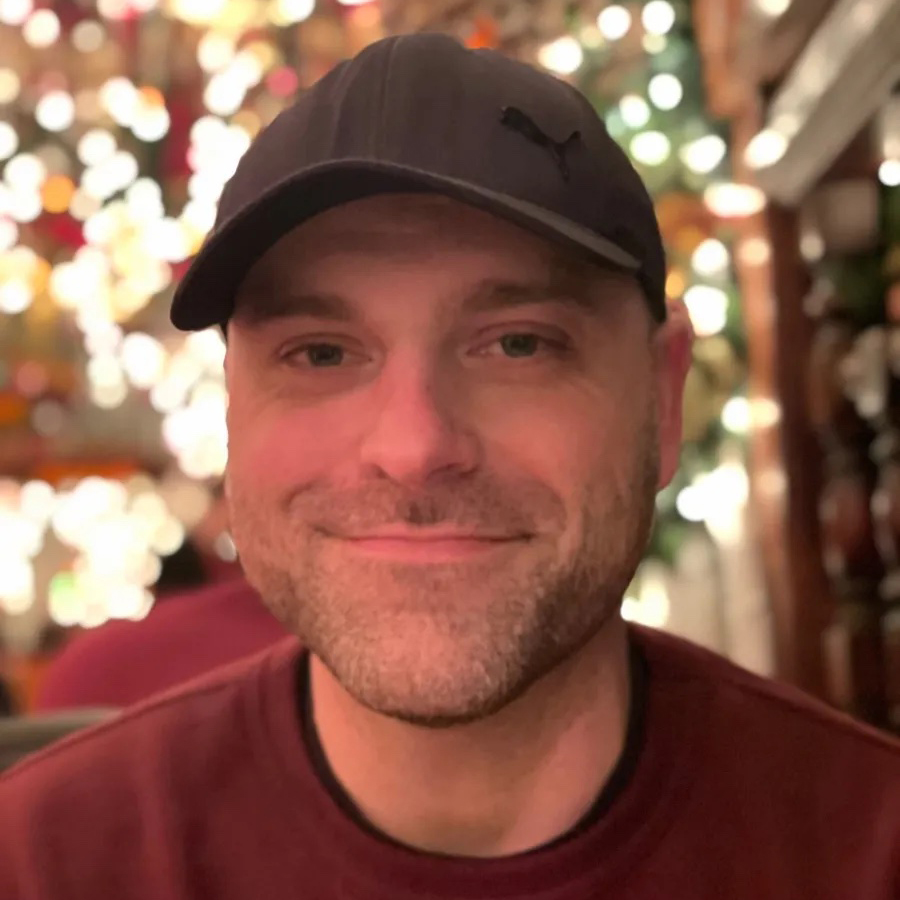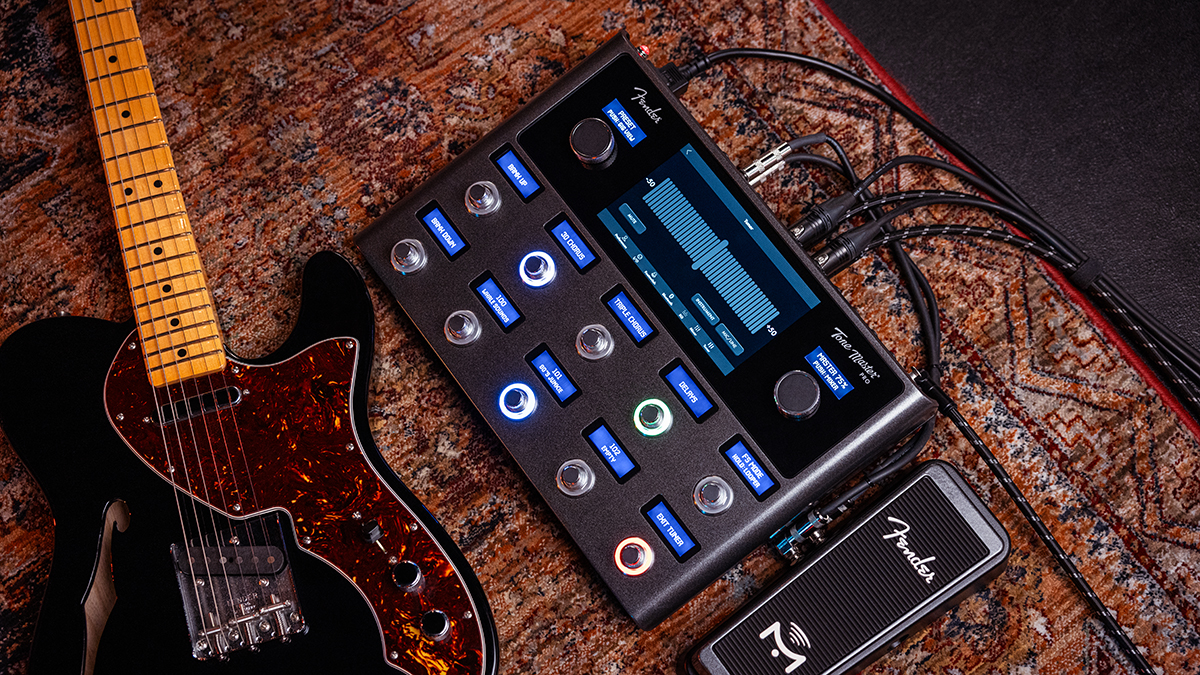“What led to the end of my time with Steppenwolf? Egos and drugs”: Michael Monarch was just 18 when he tracked one of the most iconic riffs of the ’60s – next came Janis Joplin, Jimmy Page and Free’s Andy Fraser
Fan of slide-based tuning recalls not being credited for his work with Janis Joplin, why he left Andy Fraser’s band, waiting to work with Roger Glover, and why Led Zeppelin couldn’t save Detective, his band with Michael Des Barres

Steppenwolf’s 1968 hit Born to Be Wild is one of the most recognizable songs in rock history. It was inducted into the Rock and Roll Hall of Fame in the new category for singles in 2018. But what makes the song’s history all the more incredible is that guitarist Michael Monarch was 18 when it was recorded.
The following year he lent his licks to Janis Joplin on her solo record I Got Dem Ol’ Kozmic Blues Again Mama! albeit in uncredited fashion. At the time, and as a self-taught guitarist, he probably didn’t realize his unique style’s influence.
“I worked out my own chord system,” he tells Guitar World. “It’s scales, arpeggios, and licks. I can play most rock, country, and even some jazz and standards with my tuning. I know there are others that use it, but I haven’t seen anyone take it so far away from blues slide playing.”
He reflects: “Over the years it’s just got better. I guess if you do something long enough, you get better at it.”
What inspired you to pick up the guitar?
“When I was very young I wanted to play drums. My parents didn’t want that, so they offered classical piano or violin. I took piano lessons every week for many years. When I was about 14, I finally got a drum set for my birthday and began taking drum lessons.
“Around that time I started to play in bands. I’d pick up the guitarist’s guitar at rehearsals and begin to teach myself that. I was listening to the Yardbirds and I really liked Eric Clapton and Jeff Beck, so I switched. I guess you could say the guitar found me.”
All the latest guitar news, interviews, lessons, reviews, deals and more, direct to your inbox!
How did growing up in the LA scene shape you?
“The Sunset Strip was really happening, and there were young people out there all the time, especially on weekends. The energy of that time was special. So many bands that actually sounded different from each other.”
What sort of sounds were you chasing as you were coming up?
“My first guitars were not that great, especially for rock. I had a Guild semi-acoustic then a knock-off Mosrite thing, but then I got a Fender Esquire, like the Yardbirds had.
“I used whatever amp I could get. I think I had a Silvertone for a while, and a weird Gibson piggyback amp and speaker. I remember having one pedal back then, called a Distorto – a grey box with red lettering and a big round push-button foot switch.”
You were still a teenager when you joined Steppenwolf.
“I met the guys from The Sparrow in Hollywood. I’d seen them play on the Sunset Strip. I was impressed with the keyboard/organ player, Goldy McJohn – his playing and especially his sound. The drummer, Jerry Edmonton, was also top notch.
“They were in the process of breaking up after coming to LA and not having much luck. Their guitar player was leaving to become a songwriter, and the bass player was going to form his own band. I joined on guitar, and we then found a bass player from an ad on a music store message board.
“We rehearsed in a small garage under singer John Kay’s apartment in West Hollywood. We were discovered there by a neighbor, Gabriel Mekkler, who’d just been hired as a producer and, I guess, A&R for ABC/Dunhill Records. It was his idea to change the name of the band to Steppenwolf, named after the Herman Hesse novel.”
How did your youth impact the way you approached your parts?
“I’d only been playing guitar for a couple of years. I and the new bass player, Rushton Moreve, brought a wild spirit to the band.”
Can you recall recording Born to Be Wild and how you approached the guitars, along with the gear you used?
“We were recording at a little studio called American Recorders in LA. I was using my Fender Esquire into a Fender Concert Amp – kind of like a Super Reverb, but without the reverb – with four 10-inch speakers. It had white, round knobs and was covered in brown Tolex.
“I had turned everything to 10, as there was no 11 back then! The engineers, Ritchie Podolor and Bill Cooper, asked me to turn it down because it was too distorted. I don’t think I did, and eventually they thought it blended with the organ in a cool way.”

How did you end up working with Janis Joplin on I Got Dem Ol' Kozmic Blues Again Mama! and why were you initially uncredited?
“That happened because Gabriel Mekler was producing Janis. He wanted three of us from Steppenwolf to play on the basic tracks – Jerry on drums, Goldy on keys and myself on guitar. It was on a different label [Columbia], and I don’t think permission was discussed between the labels. So we weren’t credited, at least not at first.”
Was Janis very particular about what she wanted from her guitar players, and were you in the studio with Mike Bloomfield at all?
“I wasn’t in the studio with Mike Bloomfield, but I was with Janis for some of her vocals. Myself, Jerry and Goldy laid down the basic tracks, then Janis came in. But you know, I just don’t remember who played bass. Was it Rushton Moreve? It may have been someone I didn’t know.”
I didn’t like Andy Fraser moving to be more of a frontman pop singer – it didn’t suit him
What led to the end of your time in Steppenwolf?
“Egos and drugs. I did play with John for the 30-year reunion, and I was on stage with him and others at The Ryman in Nashville for the 50-year reunion in 2017. The only original members for that were John and myself. Goldy was supposed to be there, but passed away just before.”
You worked with Deep Purple’s Roger Glover. What’s the story there?
“I worked with him while I was living in London, England, from 1973 to 1974. He was out of Purple and found success producing. I don’t remember how we met, but he asked me to play guitar in the studio for a singer he was producing, and one thing led to another.
“He kept me busy playing with the idea that we were going to form a group. That didn’t happen, and I eventually moved back to the US. Roger and I were still talking about forming the band, and he came out to LA, and we talked more. Then he had a medical issue that postponed things, and then he was asked to join Rainbow.”
How about Free’s Andy Fraser, whom you also worked with?
“I met Andy years later when he’d moved to Los Angeles. The two of us played five days a week for a year or more… up at his house in the mountains surrounding LA. We were just working on songs. He was playing a clavinet and a Fender keyboard bass at the same time.
“He was a good singer and, of course, an amazing bass player, and his songwriting abilities were very good. But when he started adding musicians to form a band I started losing interest. I didn’t really like the way he was moving away from musician/singer to more of a frontman pop singer – it didn’t suit him. He did eventually put out an album, but I didn’tt play on it.”
How did Detective come about, which you put together with Michael Des Barres?
“Detective came together in 1975 after I returned from England. I met Michael backstage at a concert; he was putting together a group and needed a guitarist. We rehearsed, changed members, rehearsed some more, and got signed to Swan Song.”

Did that happen through Jimmy Page?
“Yes. He came to one of our rehearsals, and then a few days later Peter Grant and a couple guys from Bad Company came. We did two albums and went on tour opening for Kiss and others. Unfortunately, we weren’t immediately successful.
“We didn’t have good management, and although we were signed to Swan Song, it wasn’t a good time for the label. There were so many problems. For our third album, Atlantic Records was taking over, and we were being produced by Tom Dowd. But by then there were problems within the band, and we broke up during the recording.”
I’m proud – or lucky – that I’m still around, trying to improve
You've been making a lot of music solo lately. What keeps you motivated?
“I’ve always been interested in recording. My first studio was in my house in Coldwater Canyon. I had a Scully 8-track behemoth and a custom-made mixer. I also had a Hammond B3 with two Leslie speakers.
“Later on, I had ADATs and then a more modern computer-based studio. Today, it’s Mac-based with a UA Apollo interface and some really good outboard gear too. I’ve recorded a few all-instrumental projects starting in 2001 with Guitar Bazaar, all the way to 2025 with Playtime.”
What’s the story behind Playtime?
“I think it reflects what I’ve been listening to lately. It’s more complex harmonies with jazz, rock and fusion elements. My style of playing is unique in that I don’t play in standard tuning; I use open G with a capo to A. Originally I used it for slide playing, but I haven’t played in standard tuning since 1970, and although I can play good slide, I rarely do.”
What are you proudest of when you look back?
“First and foremost, my little place in rock history, with Born to Be Wild being the first single ever to be in the Rock and Roll Hall of Fame. I’m proud – or maybe lucky – that I’m still around and still trying to improve my musicality.”
- Playtime is on sale now.
Andrew Daly is an iced-coffee-addicted, oddball Telecaster-playing, alfredo pasta-loving journalist from Long Island, NY, who, in addition to being a contributing writer for Guitar World, scribes for Bass Player, Guitar Player, Guitarist, and MusicRadar. Andrew has interviewed favorites like Ace Frehley, Johnny Marr, Vito Bratta, Bruce Kulick, Joe Perry, Brad Whitford, Tom Morello, Rich Robinson, and Paul Stanley, while his all-time favorite (rhythm player), Keith Richards, continues to elude him.
You must confirm your public display name before commenting
Please logout and then login again, you will then be prompted to enter your display name.





